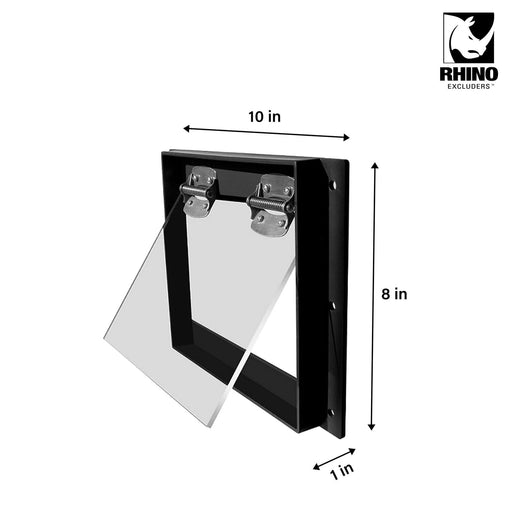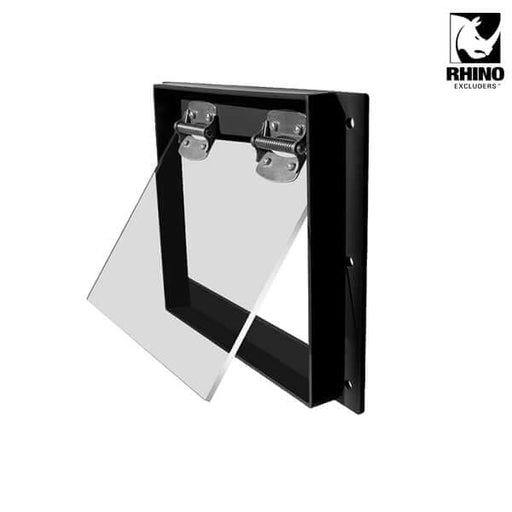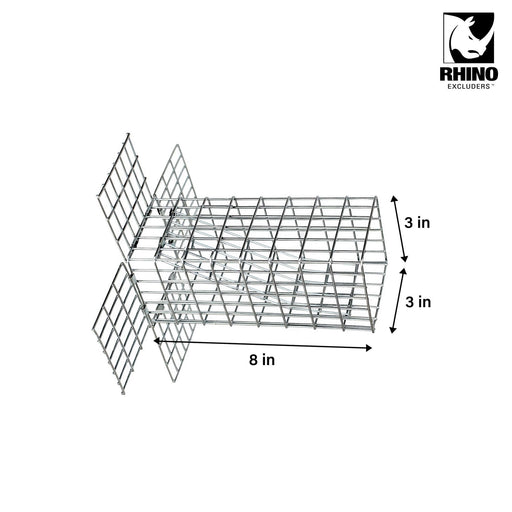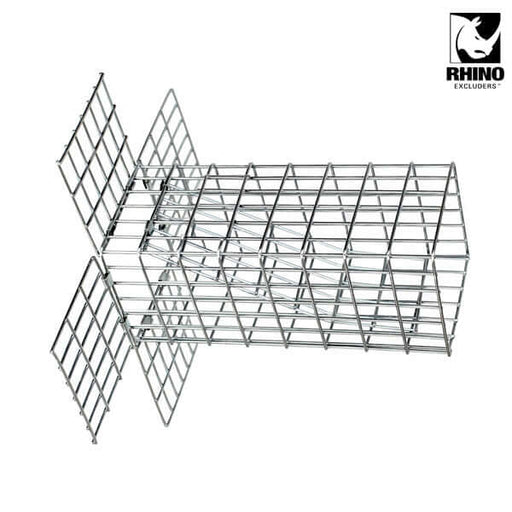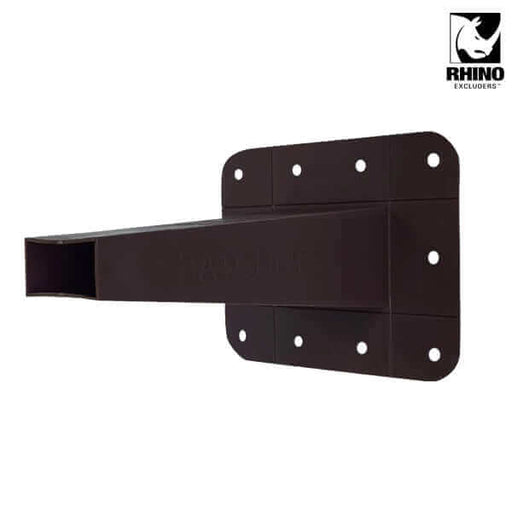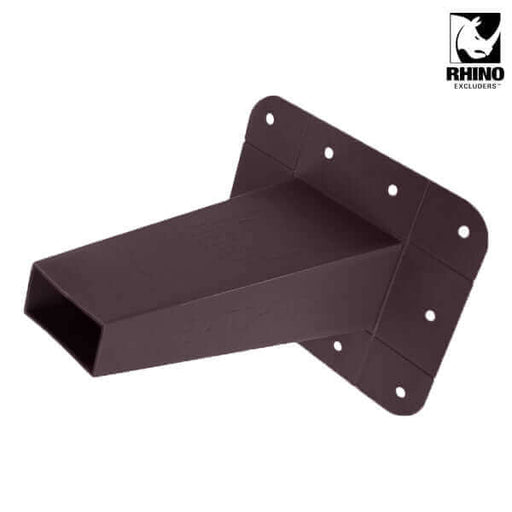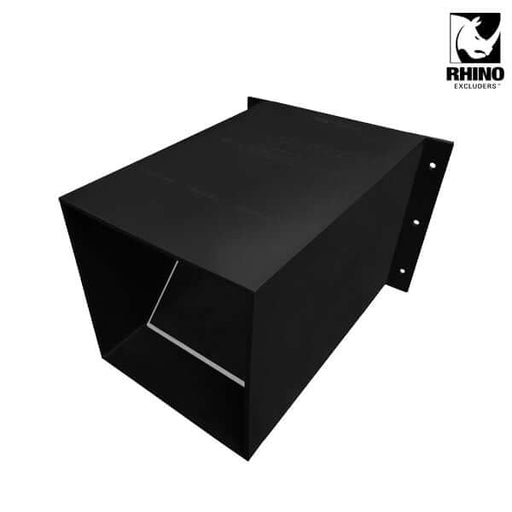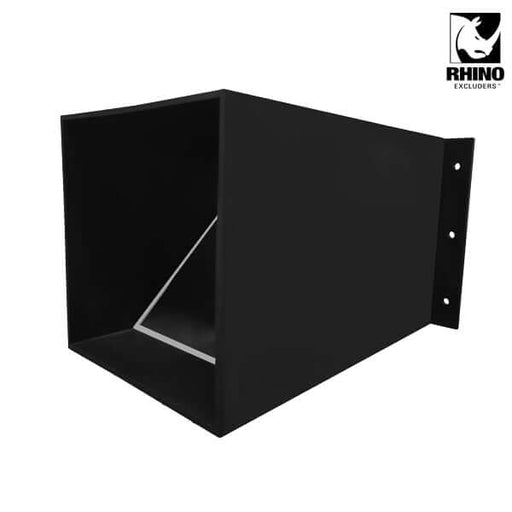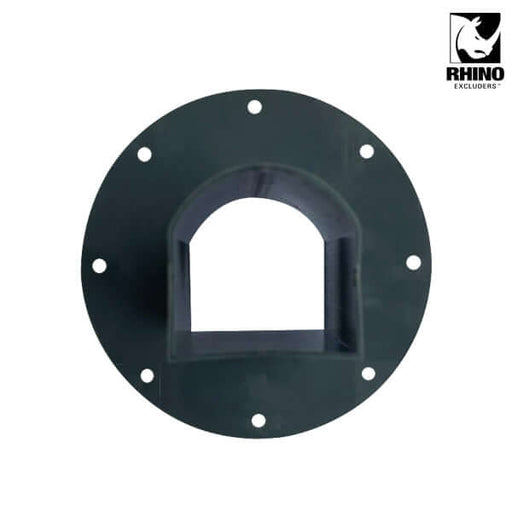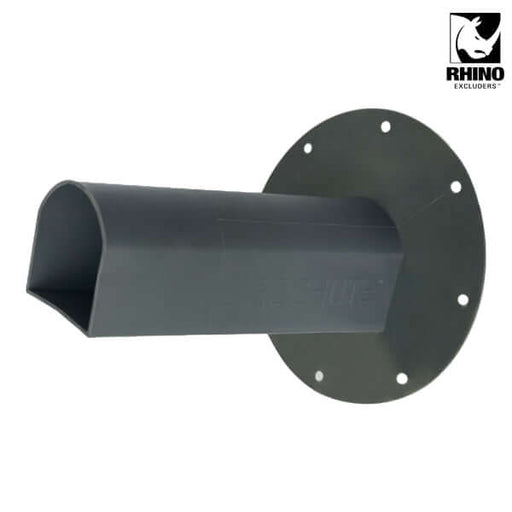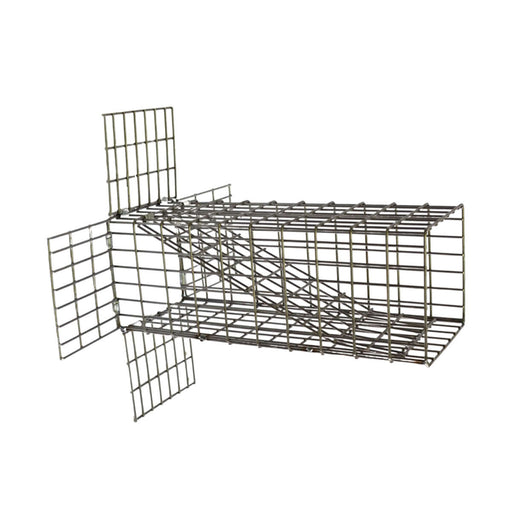
What Attracts Rats?
In this guide, we’ll explore the behavioral drives of rats, identify their most common attractants, practical tips for preventative maintenance, and share recommendations to evict these pests, if they do cross the threshold.
Basic Rat Behavior
Roof rats are agile climbers that nest above ground in trees, attics, and crawl spaces. Norway rats are larger and burrow underground, nesting in basements, sewers, and garden spaces.
- Sustenance: Rats are omnivorous and will eat almost anything, but prefer high-calorie foods like grains, meats, fish, nuts, and some fruits and vegetables. They require 1⁄2 to 1 ounce of food and water daily to survive.
- Hydration: Rats get most of their water from the food they eat, but will also drink from dripping taps, pet bowls, puddles, and other accessible water sources.
-
Shelter: Rats nest in hidden locations with access to food and water. They seek spaces in walls, ceilings, cabinets, cluttered garages, wood piles, and overgrown yards.
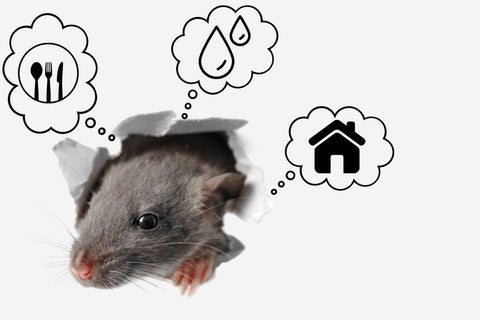
Understanding What Attracts Rats to Your Home
Food
- Open trash bins and compost piles
- Pet food bowls left out overnight
- Fallen bird seed from feeders
- Fruits/vegetables growing in gardens
- Grease drippings and food particles in grills or outdoor kitchens
Water
Shelter

Proactive Home and Garden Maintenance Tips
Routine Self-Checks
Cleanliness is Key
Thoughtful Landscaping
When to Bring in the Experts
Final Thoughts
Rhino Excluders™ Collection
-
Original price $54.99Original price $54.99 - Original price $54.99Original price $54.99Current price $44.99$44.99 - $44.99Current price $44.99
R108 - Rhino Excluders® Raccoon One Way Door
Rhino Excluders®In stockABS Plastic body | Light weight | 10” x 8” x 1” Are you tired of dealing with persistent raccoon intrusions? Say goodbye to those frustrating encou...
View full detailsOriginal price $54.99Original price $54.99 - Original price $54.99Original price $54.99Current price $44.99$44.99 - $44.99Current price $44.99Save 18% -
Original price $32.99 - Original price $32.99Original price$32.99$32.99 - $32.99Current price $32.99
S33 - Rhino Excluders® One Way Squirrel Door
Rhino Excluders®In stockS33 Rhino Excluders® One Way Squirrel Door (for Squirrels, Chipmunks, Rats & Similar Size Rodents) 14 Gauge | 8” x 3” x 3” Introducing the S33 ...
View full detailsOriginal price $32.99 - Original price $32.99Original price$32.99$32.99 - $32.99Current price $32.99 -
Original price $24.99Original price $24.99 - Original price $24.99Original price $24.99Current price $21.99$21.99 - $21.99Current price $21.99
Rhino Excluders® BATCHUTE™ One Way Bat Door
Rhino Excluders®In stockRhino Excluders® BATCHUTE™ One Way Bat Door Polypropylene (PP) Plastic body | 7” x 6.5” x 5” BATCHUTE™ One Way Bat Door is designed to humanely rem...
View full detailsOriginal price $24.99Original price $24.99 - Original price $24.99Original price $24.99Current price $21.99$21.99 - $21.99Current price $21.99Save 12% -
Original price $64.99Original price $64.99 - Original price $64.99Original price $64.99Current price $49.99$49.99 - $49.99Current price $49.99
Rhino Excluders® PROCHUTE™ One Way Door for removal of Raccoons, Skunks, Groundhogs, Opossums
Rhino Excluders®In stockRhino Excluders® PROCHUTE™ One Way Door Durable 5mm ABS Plastic body | 11” x 9” x 7” Prochute™ Excluder is perfect for removing raccoons, skunks, o...
View full detailsOriginal price $64.99Original price $64.99 - Original price $64.99Original price $64.99Current price $49.99$49.99 - $49.99Current price $49.99Save 23% -
Original price $24.99Original price $24.99 - Original price $24.99Original price $24.99Current price $21.99$21.99 - $21.99Current price $21.99
Rhino Excluders® BIRDCHUTE™ One Way Bird Door for removal of Birds
Rhino Excluders®In stockRhino Excluders® BIRDCHUTE™ One Way Bird Door Polypropylene (PP) Plastic body | 7” x 6.5” x 6.5” Birdchute™ One Way Bird Door is perfect for removi...
View full detailsOriginal price $24.99Original price $24.99 - Original price $24.99Original price $24.99Current price $21.99$21.99 - $21.99Current price $21.99Save 12% -
Original price $34.99 - Original price $34.99Original price$34.99$34.99 - $34.99Current price $34.99
S35 Rhino Excluders® One Way Door For Squirrels, Chipmunks, Rats & Similar Size Rodents
Rhino Excluders®In stockS35 Rhino Excluders® One Way Door For Squirrels, Chipmunks, Rats & Similar Size Rodents 14 Gauge | 10” x 3.5” x 3.5” Introducing the S35 Rhino ...
View full detailsOriginal price $34.99 - Original price $34.99Original price$34.99$34.99 - $34.99Current price $34.99

